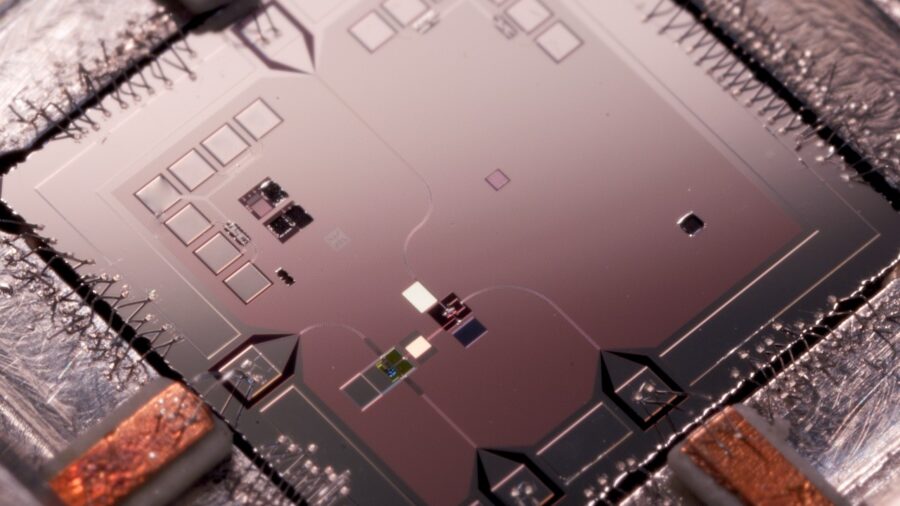Scientists Create New Magnetic Material That Will Change The World

Scientists have taken yet another step into the world of quantum computing. ScienceAlert reports that a team of physicists at the University of Texas, El Paso, have created a magnetic material that may hold the key to creating magnetic spin qubits, or quantum bits, the most basic information unit in a quantum computer system.
A new magnetic material shows promise for achieving the quantum conditions necessary for computing at room temperature.
The quantum computer operates in mysterious territory; quantum processes and behaviors are challenging to fully discern, but the potential of quantum computing could allow for machines that process complex algorithms that would far outpace current computers.
The new magnetic material developed by the UT team opens the door to making quantum computers viable. Right now, quantum computers are resource-intensive and fragile machines. In order to preserve the critical quantum states of particles used in the computers, they must be kept near absolute zero – -273 degrees Celsius, to be exact.
Such an extreme temperature condition is a serious barrier for practical use. A new magnetic material shows promise for achieving the quantum conditions necessary for computing at room temperature.
The magnetic material out of Texas is an evolution in a line of inquiry that the science community has been exploring for years.
The idea is that pairs of electrons linked by directional spin would become linked on a quantum level. Current spintronics exploit the spin directions and electronic charges of particles to write information. Spin qubits would work similarly but with added power unlocked at the quantum level.
The magnetic material is superparamagnetic, meaning it is magnetized by an external magnetic field that scientists can apply and control. Conscious of the demand for rare earth materials to meet the growing need for batteries, the team made sure their magnetic material was forged from something easier to obtain. They landed on aminoferrocene and graphene, a carbon-based material commonly stacked to make graphite.

In order to become magnetic at room temperature, the material had to be created by adding one ingredient at a time in a particular set of steps. With a layer of graphene on each side of the aminoferrocene, the result was, much to the scientists’ surprise, 100 times more magnetic than iron.
This new magnetic material has the potential to change the course of quantum computing. As other teams seek to replicate the findings, success could mark a major breakthrough in the quest for stable qubits. Such a breakthrough could change the world of computing as we know it, opening humanity to a host of new possibilities.
In order to become magnetic at room temperature, the material had to be created by adding one ingredient at a time in a particular set of steps.
The magnetic material out of Texas is an evolution in a line of inquiry that the science community has been exploring for years. Others around the world have previously determined that spin qubits may be the key to bringing quantum computing into the realm of viability. This is also not the first magnetic material of its kind to hold such promise.
Still, progress is progress. Any step forward in the world of quantum computing is a big one. The potential for these machines is endless, with the development of better batteries, language processing, weather prediction, and security just a few of the possible outcomes.
Quantum elements are small, but they have the power to make an impact larger than anyone can yet fathom. The new magnetic material from El Paso may help that reality arrive sooner than expected.












